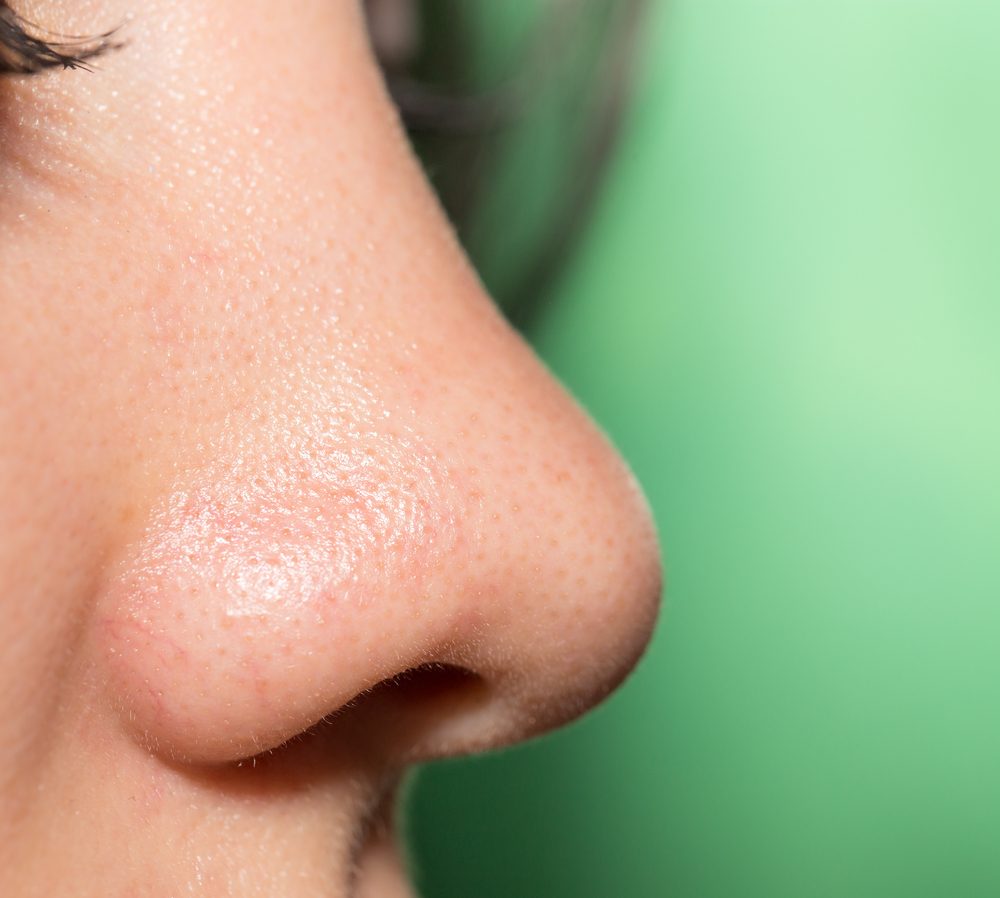Sinus Surgery Can Be Helpful for Those With Poorer Lung Function

Endoscopic sinus surgery led to better lung function in people with moderate or severe cystic fibrosis (CF) — and some with mild disease — with benefits sustained one year after surgery, a medical records review found.
These findings support the role of sinus surgery in improving lung health, especially for patients with the greatest need, the scientists wrote.
The study, “Improvement of Pulmonary Function in Cystic Fibrosis Patients following Endoscopic Sinus Surgery,” was published in the journal The Laryngoscope.
Sinus disease is common in CF, affecting about one-fifth of those under the age of 18 and over half of adult patients. Studies indicate nearly all people with CF have clinical findings consistent with chronic rhinosinusitis (CRS), or inflammation of the nasal cavity and sinuses. Nasal polyps, growths in the lining of the nasal passages, can also develop.
Endoscopic sinus surgery (ESS) is a procedure for treating sinus disease in people with CF. The main goals of ESS are to remove polyps and irrigate out excess mucus, and to reduce inflammation and the number of bacteria. It is also done as a preventative measure for lung transplant candidates, as the sinuses are a likely source of infectious bacteria.
Prior studies examining the impact of ESS on lung function tests report conflicting results. The majority compared pre- and post-operative lung test outcomes without accounting for factors that may influence the results, such as different disease severity levels or a person’s use of disease-modifying therapies.
Researchers at the Boston Children’s Hospital examined the medical records of CF patients who had ESS, to compare pre-and post-operative lung function relative to disease severity. Their analyses also controlled for CF patient diversity and treatment use.
A total of 427 surgeries were performed in 188 CF patients at that hospital between 1996 and 2018. At first ESS, patients mean age was 12.7, ranging from 4 to 38, and 54.8% were female. Second surgeries were required for 108 (57.4%) people.
Most patients (76.1%) carried at least one F508del mutation in the CFTR gene (the gene defective in CF), while the remaining had other CFTR mutations. CF-related diabetes was found in 31 (16.5%) people, and 28 (14.9%) were malnourished.
Improvements in percent predicted forced expiratory volume in one second (%FEV1), an indicator of lung function, was the primary goal. Mild lung disease was defined as a %FEV1 higher than 70%, 40% to 70% as moderate disease, and less than 40% as severe lung disease. Lung function was assessed 90 days before surgery, and for one year after ESS.
A statistical model was used to account for various influential factors, including age, gender, mutations, medications, nutritional status, diabetes status, microbiology results, and the extent and number of surgeries.
Results of the adjusted model showed the effect of ESS varied by the severity of lung disease. The %FEV1 significantly increased — by 8.1% — among patients with severe lung disease, and by 3.0% in those with moderate lung disease. (An increase in %FEV1 indicates better lung health.)
A 7.3% increase in lung function was also seen in a subset of mild lung disease patients, who had a pre-surgery (baseline) %FEV1 value of 70% to 80%. In contrast, %FEV1 declined over time by a mean of 3.6% in those with a baseline %FEV1 greater than 80%.
Among patients with better lung function after ESS, the mean improvement was sustained one year after surgery.
Poor lung function was significantly associated with older age, with a one-year increase in age associated with a %FEV1 decline of 0.8%. Being female and malnourished were also linked to poorer lung function.
The ESS effect did not vary by CFTR mutation, age, whether it was the first or second surgery, or whether the surgery was performed alone or with bronchoalveolar lavage, in which a saline solution is put through a bronchoscope to wash the airways and collect a fluid sample.
“When controlling for important confounding factors, lung function improved following ESS among CF patients with severe and moderate disease and in select patients with mild disease,” the researchers concluded.
“These results support the role of ESS in improving pulmonary status in the CF population, at least in those patients with a baseline %FEV1 [less than] 80%,” they added.







